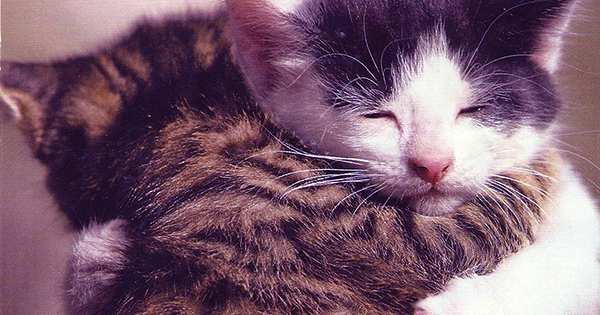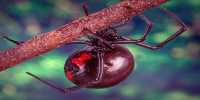In ancient times, there were some wonderful theories about human beings, and none of the morals prevented us from testing them. Pliny the Elder, for example, wrote the encyclopedic Naturalis Historia, which collected most of the knowledge of animals and plants together (up to 79 AD when he died in the eruption of Mount Vesuvius). Among the established “truths” he claimed that whole bees died in contact with the blood of strum urination and that elephants and rhinos were mortal enemies.
This later belief lasted for many centuries and was finally tested by King Dom Manuel I of Portugal in the 16th century. He was so sure that Pliny was right that he arranged for him to fight a rhinoceros with an elephant. The fight is destroyed when the elephant simply stops.
There was a display of strange beliefs about animals for everyone in the Tower of London. During the reign of King John, the English began (very slowly) to rebuild the famous prison and torture chamber as a zoo. In the early years, ignorance about how to treat animals with Royals and their staff was a matter of observation.
A gift from King Haakon of Norway in 1252, Henry III did not really know what to do when he received a polar bear. The bear was kept chained and disturbed most of the time, although this allowed the Thames to swim, which became a matter of concern as it suddenly spread over the fish.
Before you know it, the zookeepers did a job correctly (vaguely), letting them swim was probably done as a cost-saving measure. The maintenance of the polar bear, as you would expect, is pretty expensive. This is one of the many reasons to support a whole cat rather than a polar bear as a pole dress.
Although the polar bear was probably intended as a gift, sometimes large animals were given in the past as a way to bankrupt your enemies. In Southeast Asia, in the sixteenth and 19th centuries, kings gave white elephants to those who did not like them. They needed a lot of care and were not allowed to work. The recipient elephant could not go to some other poor official because it was seen as an insult to the king at a time when they were executing something at the slightest provocation. They leave an elephant that they do not want and can only afford.
In 1623, King James I received an elephant from the King of Spain. Again, this was probably meant as a gesture of real goodwill, probably because of the maneuver that the royal family preferred to keep at that time. However, they did not know how to take care of them and the King of Spain gave them some instructions except for some basic (and completely unreasonable) food requirements.
The result was that a vegetarian elephant was fed several gallons of beef and a gallon of expensive red wine. The King of Spain told James that in the winter months it could only drink wine, which they accepted as true. For centuries they have been teasing elephants in the tower, wondering how they brought their own bottles to the wild and lacking the imagination to try to offer squash.
Lions are not found naturally in the warm environment of England’s largest city. If they were, the English would probably lose a reputation for being polite, sophisticated, and well-behaved, as dealing with lion attacks every few minutes would probably increase their need to swear with gratitude.
Nevertheless, the Tower of London has been filled with lions for many years throughout history and there was very little opportunity for them to practice outside. The little opportunity they were given was interrupted by a dog bite to entertain the public, which fully demonstrates our reputation that it did not deserve it in the first place.
A particularly tragic event occurred in the 1800s when a zoo accidentally removed a barrier separating lions and leopards. A lion had already received a fatal wound as they were able to sever the fight.
For some reason they also believed that lions realized that there was no female virgin nearby and they became excited, which was probably not a big deal in a deeply religious and confusing society, especially when lions were always aroused by the brain.
For some reason, it was believed that ostriches could eat metal. We know they are tough to look at and their close relatives have taken the Emu Australian military and won, but they are rarely Terminator. Yet, when the elephants ate the main ribs, they were fed a nail diet. Fortunately and unfortunately, they did not have to endure this diet for long. You probably won’t be surprised to learn that they died.















